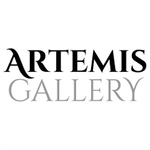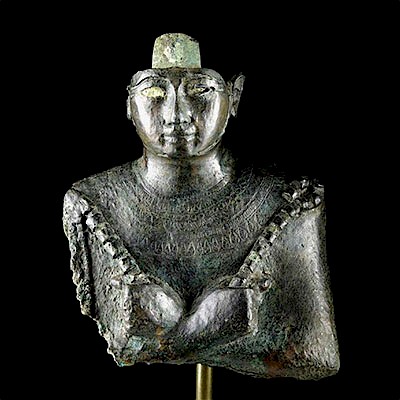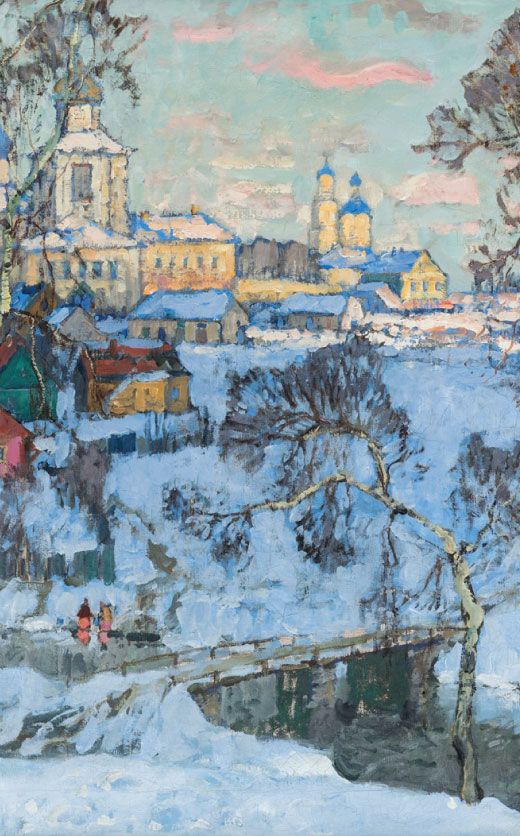Rare Ancient Celto-Iberian Stone Ram Fire Dog
Lot 67
About Seller
Artemis Gallery
686 S Taylor Ave, Ste 106
Louisville, CO 80027
United States
Selling antiquities, ancient and ethnographic art online since 1993, Artemis Gallery specializes in Classical Antiquities (Egyptian, Greek, Roman, Near Eastern), Asian, Pre-Columbian, African / Tribal / Oceanographic art. Our extensive inventory includes pottery, stone, metal, wood, glass and textil...Read more
Estimate:
$15,000 - $20,000
Absentee vs Live bid
Two ways to bid:
- Leave a max absentee bid and the platform will bid on your behalf up to your maximum bid during the live auction.
- Bid live during the auction and your bids will be submitted real-time to the auctioneer.
Bid Increments
| Price | Bid Increment |
|---|---|
| $0 | $25 |
| $300 | $50 |
| $1,000 | $100 |
| $2,000 | $250 |
| $5,000 | $500 |
| $10,000 | $1,000 |
| $20,000 | $2,500 |
| $50,000 | $5,000 |
| $100,000 | $10,000 |
| $200,000 | $20,000 |
About Auction
By Artemis Gallery
May 22, 2019
Set Reminder
2019-05-22 10:00:00
2019-05-22 10:00:00
America/New_York
Bidsquare
Bidsquare : Exceptional Day 1: Antiquities Asian Fine Art
https://www.bidsquare.com/auctions/artemis-gallery/exceptional-day-1-antiquities-asian-fine-art-4129
Day 1 of an important 2-day auction featuring exceptional art from around the world - Egyptian, Greek, Etruscan, Roman, Viking, Russian, Near Eastern; Asian Art from China, Japan, Thailand, Vietnam, Burma, India; Fine Art from the 17th century to present. Artemis Gallery info@artemisgallery.com
Day 1 of an important 2-day auction featuring exceptional art from around the world - Egyptian, Greek, Etruscan, Roman, Viking, Russian, Near Eastern; Asian Art from China, Japan, Thailand, Vietnam, Burma, India; Fine Art from the 17th century to present. Artemis Gallery info@artemisgallery.com
- Lot Description
Europe, Iberia (Spain and Portugal), Celtic-Iberian period, ca. 5th to 4th century BCE. A finely carved stone rendering of a ram, laying down in a prone position. The ram's face is skillfully delineated with incised circular eyes, curvilinear markings across the snout, and spiraled horns in bold relief - the body presents interesting target-like concentric circular motifs - two on each side. In addition, running chevron patterns further adorn the back of the ram's neck and horns - and incised horizontal frets further adorn the outfacing surfaces of the horns. The stone itself is quite attractive, probably a greenstone that also boasts rose, russet red, and cream hues. Size: 20.5" W x 14.25" H (52.1 cm x 36.2 cm)
In addition to representing a ram, this piece was probably used as a firedog. There would have been two of these, and the ancients would have positioned one on either side of a fire pit that would have served as the legs to an elaborate ancient grill if you will. The ancients would have roasted meat resting on the back of the rams over a fire.
The term Celtic-Iberian refers to a group of peoples who lived in the Pre-Roman era in northern and central Spain or in the region between the Iberian tribes of the Mediterranean coast on the Iberian peninsula and the Celtic tribes of the interior of the peninsula. Largely it refers incorrectly to the totality of all ancient Celtic and Iberian tribes on the Iberian peninsula.
Provenance: private East Coast, USA collection; ex-Morris Pinto collection, New York, USA, acquired in the 1980s
All items legal to buy/sell under U.S. Statute covering cultural patrimony Code 2600, CHAPTER 14, and are guaranteed to be as described or your money back.
A Certificate of Authenticity will accompany all winning bids.
We ship worldwide and handle all shipping in-house for your convenience.
#145987Normal surface wear with scuffs and nicks as shown. Deposits on the surface as well. Old losses to rear end, nose, edges of curled horns, one section of the base (below front circular motif), peripheries and high-pointed areas as shown. Still the overall carving is impressive as are the incised elements. Rare and impressive.Condition
- Shipping Info
-
All shipping is handled in-house for your convenience. Your invoice from Artemis Gallery will include shipping calculation instructions. If in doubt, please inquire BEFORE bidding for estimated shipping costs for individual items.
-
- Buyer's Premium



 EUR
EUR CAD
CAD AUD
AUD GBP
GBP MXN
MXN HKD
HKD CNY
CNY MYR
MYR SEK
SEK SGD
SGD CHF
CHF THB
THB














